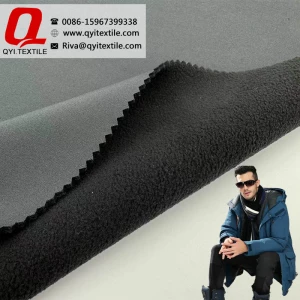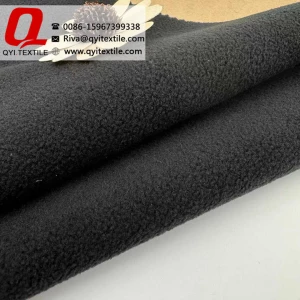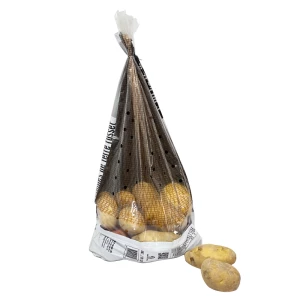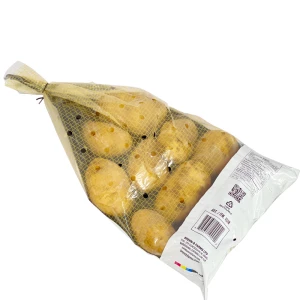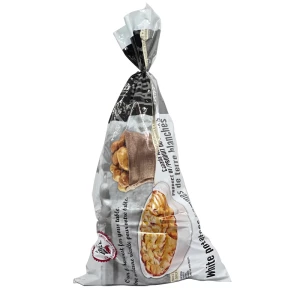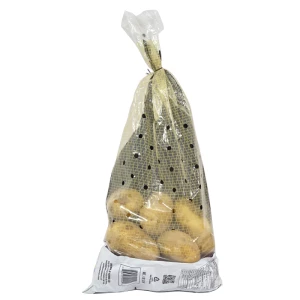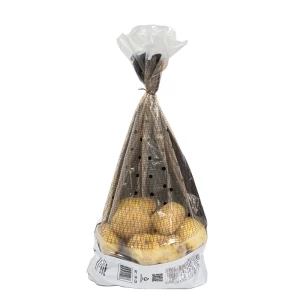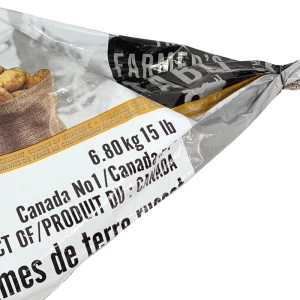Transfer Paper & Film: A Complete Guide for Buyers in 2025
The packaging and printing industry has seen significant advancements in transfer paper & film technology. Whether you're in textile printing, product labeling, or promotional item production, understanding these materials is crucial for quality results. This guide will help you navigate the market and make informed purchasing decisions.
How to Find Reliable Transfer Paper & Film from China in 2025
China remains the global leader in transfer paper & film manufacturing, offering competitive prices and innovative solutions. To find reliable suppliers:
- Check Alibaba's Gold Supplier status
- Review company certifications (ISO, SGS)
- Request product samples before bulk orders
- Verify minimum order quantities
- Examine customer reviews and transaction history
Leading manufacturers like Hangzhou Aoke Digital Technology and Guangzhou Yican Paper Industrial Co. have established reputations for quality exports.
What Buyers Should Know Before Buying Transfer Paper & Film from China
When importing transfer paper & film, consider:
- Shipping costs and lead times (typically 15-30 days)
- Customs clearance requirements
- Payment terms (30% deposit is standard)
- Product specifications (grammage, heat resistance)
- Compatibility with your printing equipment
Case Study: A US-based apparel company reduced costs by 40% by switching to Chinese suppliers while maintaining print quality.
Types of Transfer Paper & Film
The main categories include:
Heat Transfer Paper
For cotton and light-colored fabrics, available in sheets or rolls.
Sublimation Transfer Paper
Used for polyester fabrics and hard substrates with specialty coatings.
Vinyl Transfer Film
Ideal for logos and designs requiring durability.
Water Slide Decal Paper
For ceramic, glass, and metal applications.
Functions and features of Transfer Paper & Film
Key characteristics include:
- Temperature resistance (typically 160-200°C)
- Ink absorption rates (varies by paper type)
- Release time (instant vs. cool peel)
- Opacity levels for different fabric colors
- Environmental certifications (Oeko-Tex, REACH)
Scenarios of Transfer Paper & Film
Common applications:
- Custom apparel printing (t-shirts, sportswear)
- Promotional products (mugs, phone cases)
- Industrial labeling (equipment, tools)
- Textile manufacturing (mass production)
- Craft and DIY projects
Recent market data shows 18% annual growth in demand for eco-friendly transfer materials.
How to Choose Transfer Paper & Film
Selection criteria:
- Determine your substrate material
- Choose between digital or screen printing
- Consider production volume
- Evaluate wash durability requirements
- Compare price vs. performance
Pro Tip: For small businesses, sample packs from multiple suppliers help compare quality before committing to large orders.
Transfer Paper & Film Q & A
Q: What's the difference between transfer paper and film?
A: Paper is cellulose-based for inkjet/laser printers, while film is plastic-based for vinyl cutting applications.
Q: How long does transfer paper last before use?
A: Most products have 6-12 month shelf life when stored properly in cool, dry conditions.
Q: Can I use any printer with transfer paper?
A: No - you need specific ink types (sublimation, pigment) and some papers require laser printers.
Q: What's the minimum order quantity from China?
A: Typically 500-1000 sheets for paper, 50-100 meters for film rolls.
Q: How many washes can heat transfers withstand?
A: Quality transfers last 30-50 washes when applied correctly to compatible fabrics.




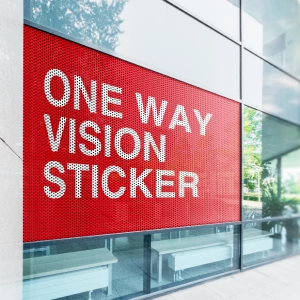
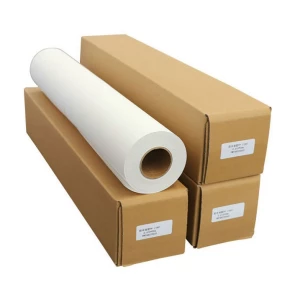
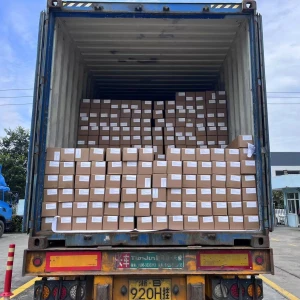

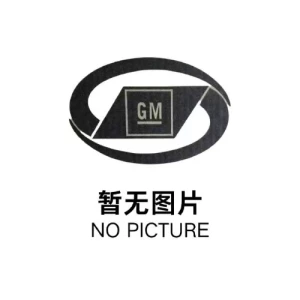


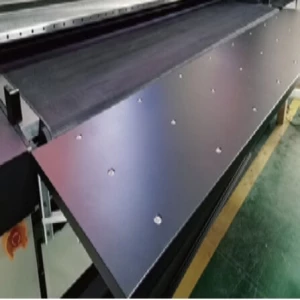
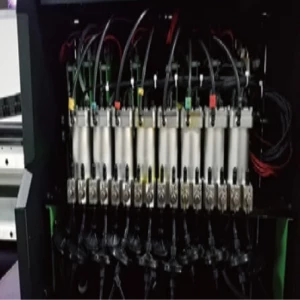
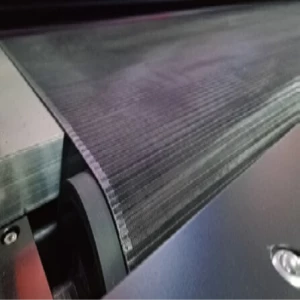
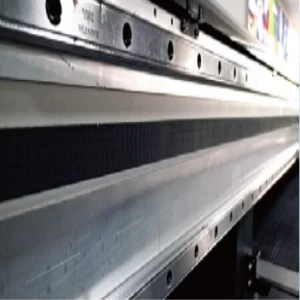









.JPG_300x300.webp)

.jpg_300x300.webp)



